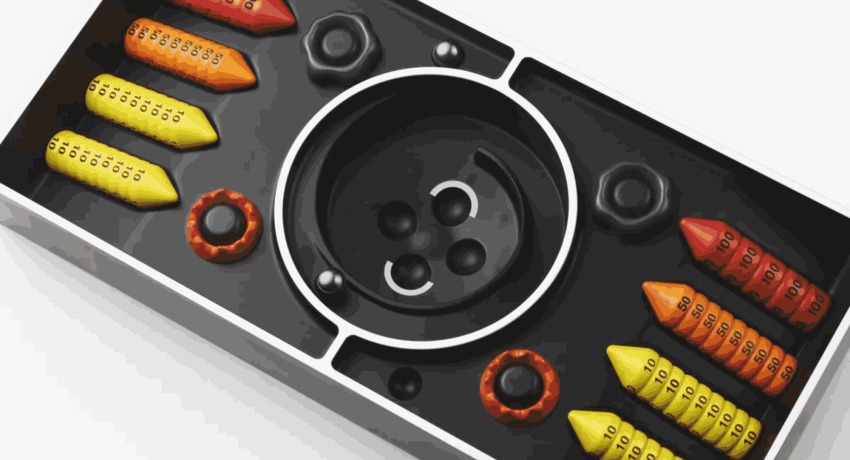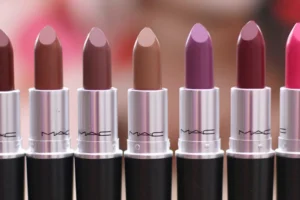The Pokémon Trading Card Game (TCG) is an exciting and strategic game that combines collecting, trading, and battling. For beginners, learning how to play can seem overwhelming due to the wide range of cards, abilities, and strategies available. This guide will break down the basic rules, card types, and gameplay strategies to help you dive into the world of Pokémon TCG with confidence.
Understanding the Basics
What is Pokémon TCG?
The Pokémon Trading Card Game is a two-player game where players use a customized deck of 60 cards to battle each other. Each player takes on the role of a Pokémon Trainer, using Pokémon cards to attack and defend while trying to knock out their opponent’s Pokémon. The goal is to either take six Prize cards, knock out all of your opponent’s Pokémon, or leave them without any cards to draw.
Objectives of the Game
The primary objective in Pokémon TCG is to defeat your opponent’s Pokémon by knocking them out. This is achieved by using Pokémon’s attacks and abilities strategically. When a player’s Pokémon is knocked out, the opponent takes a Prize card, and the first player to collect all six Prize cards wins the game.
Setting Up the Game

Step 1: Shuffle and Draw Your Cards
At the start of the game, both players shuffle their decks and draw seven cards each. After drawing, players look at their hands and select a Basic Pokémon to place face down in the Active Pokémon position. If you don’t have any Basic Pokémon, shuffle your hand back into your deck and draw a new hand. Your opponent gets to draw an extra card if you have to do this.
Step 2: Set Up Prize Cards
Each player places six cards from their deck face down as Prize cards. These are cards you can claim each time you knock out one of your opponent’s Pokémon. The first player to take all six Prize cards wins the game.
Step 3: Flip a Coin
Before the game begins, flip a coin to decide who will go first. The player who wins the coin flip decides whether they want to go first or second. The first player cannot attack on their first turn but can still play other cards like Energy, Trainer, or Item cards.
Types of Pokémon Cards
There are three main types of cards in Pokémon TCG: Pokémon cards, Energy cards, and Trainer cards. Each serves a specific purpose in the game.
Pokémon Cards
Pokémon cards are the foundation of your deck and come in two main types: Basic Pokémon and Evolved Pokémon. Basic Pokémon can be played directly from your hand to the field, while Evolved Pokémon can only be played by evolving a Basic or Stage 1 Pokémon.
Basic Pokémon: These are the first form of a Pokémon and can be played directly onto the field.
Stage 1 Pokémon: These Pokémon evolve from Basic Pokémon and are usually stronger.
Stage 2 Pokémon: These are the final evolution stage and are the most powerful.
EX, GX, and V Pokémon: These are special types of powerful Pokémon with enhanced abilities, but they also give your opponent more Prize cards when knocked out.
Energy Cards
Energy cards power up your Pokémon so they can use their attacks. Without Energy, your Pokémon won’t be able to fight effectively. There are two types of Energy cards:
Basic Energy: Includes types like Grass, Fire, Water, Lightning, Psychic, Fighting, and Darkness.
Special Energy: Provides unique effects like healing or drawing additional cards while also providing Energy for attacks.
Trainer Cards
Trainer cards help you manipulate the game in various ways, such as healing your Pokémon, drawing more cards, or switching Pokémon. Trainer cards are divided into three categories:
Item Cards: Provide one-time-use effects like switching Pokémon or drawing cards.
Supporter Cards: More powerful than Item cards but limited to one per turn.
Stadium Cards: Affect both players by altering the battlefield with special conditions.
How to Play the Game

Turn Structure
Each player’s turn follows a structured flow. Here’s how a typical turn unfolds:
Draw a Card
At the beginning of your turn, draw one card from your deck. If you cannot draw a card because your deck is empty, you lose the game.
Bench Pokémon
You can place additional Basic Pokémon onto your Bench, which can hold up to five Pokémon at a time. These Pokémon are your backup, and you can switch them with your Active Pokémon when needed.
Attach Energy
You may attach one Energy card from your hand to one of your Pokémon each turn. This Energy is necessary for your Pokémon to use attacks.
Play Trainer Cards
You can play Trainer cards (Item, Supporter, or Stadium) during your turn. However, you can only use one Supporter and one Stadium card per turn, while Item cards can be played as often as you like.
Attack
If your Active Pokémon has enough Energy attached, you can use one of its attacks to damage your opponent’s Pokémon. Each attack lists the amount of damage it does, and some also have special effects like inflicting status conditions or drawing additional cards.
After attacking, your turn ends, and it’s now your opponent’s turn.
Knockouts and Prize Cards
When a Pokémon’s HP reaches zero, it’s knocked out and moved to the discard pile. The player who knocked out the Pokémon takes a Prize card from their six-card stack. If you take all six Prize cards, you win the game.
Key Strategies for Success
Build a Balanced Deck
A well-balanced deck is essential for success in Pokémon TCG. A good rule of thumb is to have around 20 Pokémon cards, 20 Trainer cards, and 20 Energy cards. Make sure your deck has a variety of Pokémon types, as well as Trainer cards that can support your strategy.
Energy Management
Efficient use of Energy cards is critical. Only one Energy card can be attached per turn, so think carefully about which Pokémon will benefit the most from it. Also, consider using Special Energy cards for added versatility.
Maximize Trainer Cards
Trainer cards can make or break a game. Cards that allow you to draw more cards, switch Pokémon, or heal your team can give you the edge in tough situations. Always have a mix of Item and Supporter cards in your deck.
Evolve Strategically
While evolved Pokémon are more powerful, it’s essential to evolve your Pokémon at the right time. Evolving too early without proper support can leave your Pokémon vulnerable. Make sure your Bench is filled with backup Pokémon in case your Active Pokémon is knocked out.
Know When to Retreat
Sometimes, retreating a Pokémon and switching it with another on your Bench is better than letting it get knocked out. Each Pokémon has a retreat cost, usually in the form of Energy, so be mindful of when to make this move to preserve your team.
Advanced Rules and Special Conditions
As you gain experience in Pokémon TCG, you’ll encounter more complex rules and strategies, such as:
Status Conditions: These include effects like paralysis, poison, and sleep that hinder a Pokémon’s ability to attack or retreat.
Ability and Special Effects: Many Pokémon have abilities that provide passive effects, such as healing or protection from damage.
Multi-Prize Pokémon: Pokémon EX, GX, and V give your opponent more Prize cards when knocked out but offer significant power.
The Pokémon Trading Card Game is a thrilling mix of strategy, luck, and skill. By understanding the basics, building a strong deck, and employing smart strategies, you can compete with players of all levels. Whether you’re just starting or looking to refine your skills, playing Pokémon TCG offers endless fun and challenges. So, grab your deck, shuffle your cards, and get ready to battle like a true Pokémon Trainer!










